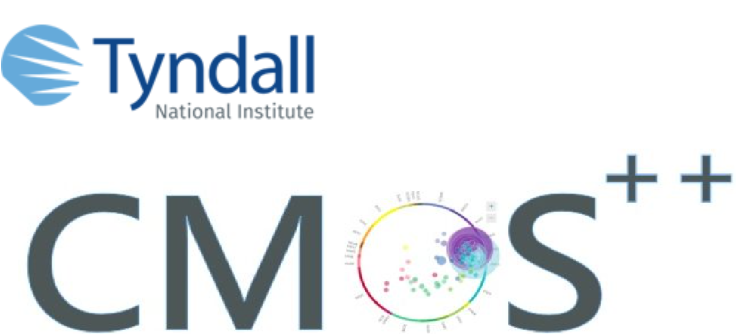The movement of electrons out of equilibrium is the reason behind many familiar, surprising and useful physical phenomena. It underpins effects such as electrical current, heat transfer, emission and transmission of light, chemical reactions and even the generation, interaction and transmission of quantum states.
To give rise to these physical phenomena, electrons interact with light, fields, atoms, vibrations and other electrons. Making out the strength and qualities of these interactions is of immense value to improve existing materials for electronic and photonic devices and sensors. It is also a path to discover new effects for the emerging applications in quantum information and computation.
At the Quantum Modelling Team we use atomistic electronic theory calculations, such as density functional theory, to determine the dynamics of electrons and atomic vibrations to improve materials for devices and characterise experiments. By calculating the response of an atomic system to different perturbations we can find out what limits or enables the movement of electrons, how this movement can generate light and heat, and how to modify the materials to enhance the properties that we want.
In the CMOS++ cluster we focus on materials for quantum information and computation. In particular, we are interested in how defects can enhance the emission of Ge quantum dots, a material that is compatible with silicon photonics. These quantum dots have the potential of achieving single phonon sources for quantum communications in a platform that is highly scalable and compatible with current telecommunication networks. We are also calculating the dynamics of the spin polarisation of electrons in Ge for use as quantum states for quantum computing and communication. The work is supported by QuantERA project Cuspidor, co-funded by SFI, and by SFI’s Frontiers of the Future project Orbitron.
A recent highlight of using our approach is the calculation of the thermoelectric properties of SiGe under various conditions of temperature, doping, alloying and strain (see Figure 1 (a)-(d)). These calculations are independent from the empirical data, and explain the data with a high degree of accuracy. We are also able to predict a remarkable increase in the thermoelectric efficiency of SiGe under specific strain, alloying and doping conditions (see Figure 1 (e)).

Our recent work on the time-resolved carrier relaxation after photo-excitation is a significant development in the understanding of non-equilibrium relaxation dynamics. It involves the calculation of the coupled carrier-phonon and phonon-phonon scattering and their evolution in time. This includes the joint experimental and first-principles calculation of the time-resolved diffuse x-ray scattering in photoexcited Ge.
This work was done in collaboration with scientists at the Stanford SLAC Lab. At SLAC they measure the time evolution of the first 10ps after photoexcitation of the x-ray diffuse scattering in Ge. This can be linked to the evolution of the phonon distribution across the Brillouin zone. They observe a particular increase in scattering intensity around a point at the edge of the Brillouin zone. This intensity grows continuously for the 10ps.
Our first-principles calculations of the time-resolved diffuse x-ray scattering intensity, the phonon and electron distributions show that the increase in intensity is due to the delayed onset of phonons generated by inter-valley electron-phonon scattering. Our calculations reproduce, without input from experiment, the shape and time evolution of the x-ray diffuse scattering intensity in excellent agreement with those measured, as shown in Figure 2.
A similar theoretical technique was used in our calculation of the relaxation of the forces that give rise to phonons after photo-excitation in Bi, Sb and As. The lifetime of these forces is in the order of a few fs, and explain the reason behind the small amplitude of phonons with large initial forces. This work is important for explaining the reasons behind the difference in phonon amplitudes in various types of ultra-fast measurements.
Both works show excellent quantitative agreement between the first principles theory and the experiments. The work is significant in giving a solid benchmark in the understanding of the underlying non-equilibrium physics, and gives a means of predicting the non-equilibrium properties of yet untested materials.

We recently predicted a giant piezoresistive effect in SiGe, over 3 times larger than that of the most widely used material, silicon (see Figure 3). By calculating the effects of alloying, strain and crystal orientation on the electronic structure and carrier scattering, we optimised specific configurations of a SiGe alloy to improve its piezoresistance. Piezoresistance is the most widely used effect in pressure and inertial sensors. A giant piezoresistance results in sensors with very high sensitivity. The potential applications of this work range from the medical (for example intra-venous catheters) to sensors in airbags and smartphones.


